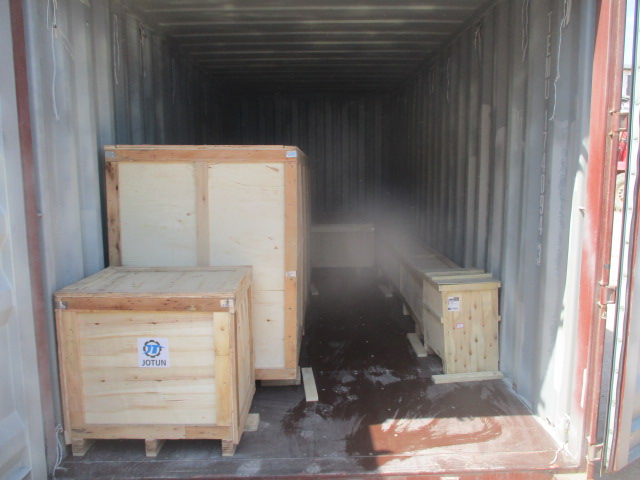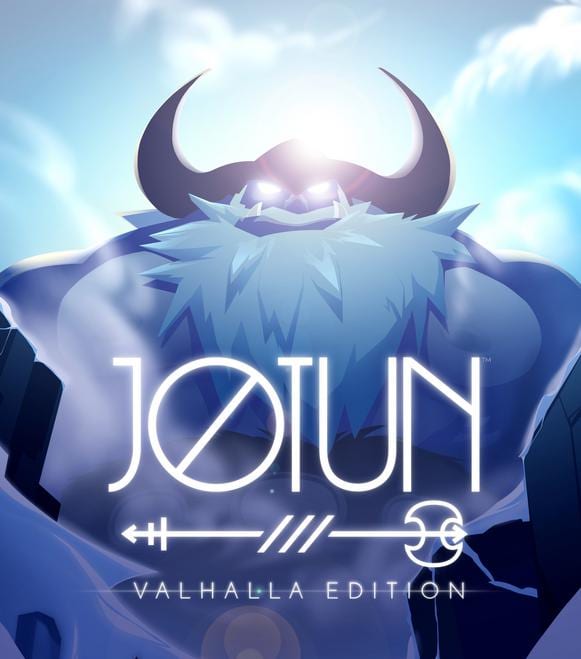

Old Norse: jötunn and Old English eoten developed from the Proto-Germanic masculine noun * etunaz. The word eotenas in the manuscript of Beowulf Origin, appearance and terminology Terms and etymology The terms for the beings also have cognates in later folklore such as the British Yotun, Danish Jætte and Finnish Jätti which can share some common features such as being turned to stone in the day and living on the periphery of society. Although the term " giant" is sometimes used to gloss the word " jötunn" and its apparent synonyms in some translations and academic texts, this is seen as problematic by some scholars as jötnar are not necessarily notably large. The usage of the terms is dynamic, with an overall trend that the beings become portrayed as less impressive and more negative as Christianity becomes more influential. The jötnar are frequently attested throughout the Old Norse record, with eotenas also featuring in the Old English epic poem Beowulf. The jötnar typically dwell across boundaries from the gods and humans in lands such as Jötunheimr. The entities themselves are referred to by several other terms, including risi, þurs (or thurs) and troll if male and gýgr or tröllkona if female.


In Norse mythology, they are often contrasted with gods ( Æsir and Vanir) and other non-human figures, such as dwarfs and elves, although the groupings are not always mutually exclusive. 10th-century picture stone from the Hunnestad Monument that is believed to depict a gýgr riding on a wolf with vipers as reins, which has been proposed to be Hyrrokkin.Ī jötunn (also jotun in the normalised scholarly spelling of Old Norse, jǫtunn / ˈ j ɔː t ʊ n/ Old Norse pronunciation: plural jötnar/ jǫtnar ) or, in Old English, eoten (plural eotenas) is a type of supernatural being in Germanic mythology.


 0 kommentar(er)
0 kommentar(er)
